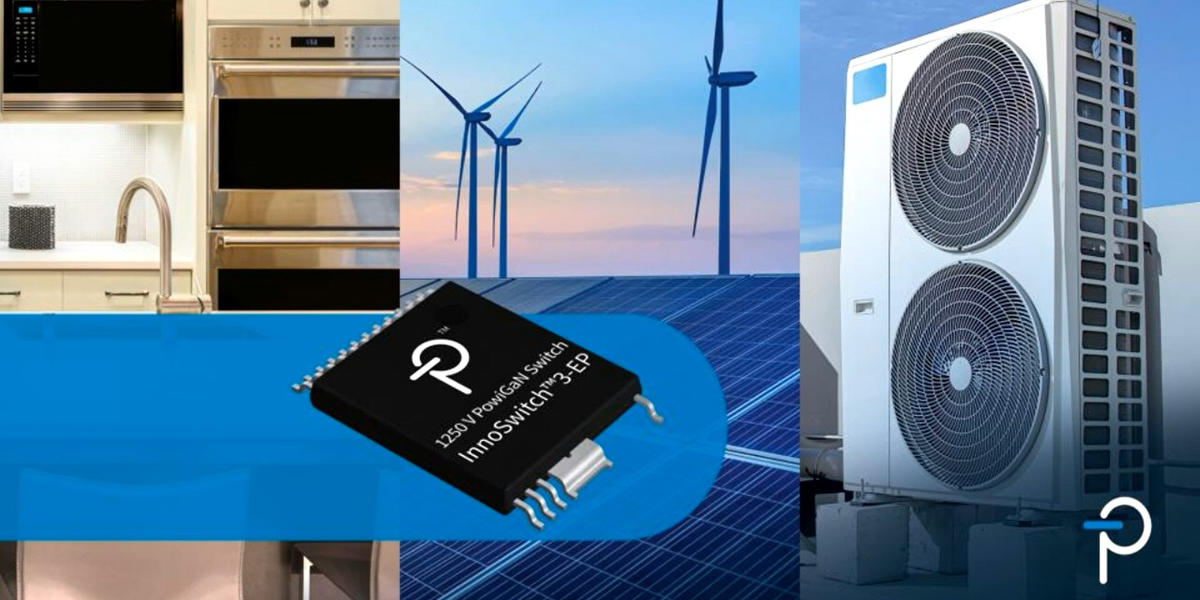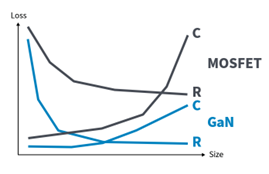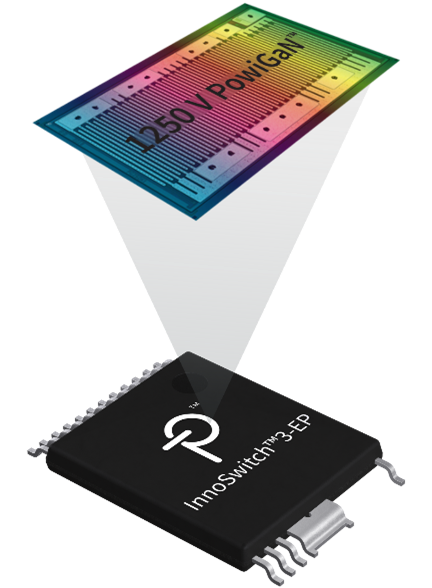GaN Provides a Robust Solution in High-Voltage Applications

In the realm of electronic engineering, the trend towards higher operating voltages is a significant development driven by the need for increased efficiency and power density in various applications. Gallium nitride (GaN) technology is emerging as a robust solution to meet these demands.
In industrial settings, internal voltage rails are also trending upwards. These higher voltages are crucial for delivering increased power in applications such as motor drives, compressors, and large HVAC systems.
Emerging economies, with their rapidly growing consumer and industrial sectors, face challenges with grid instability. Voltage fluctuations and line swells, often exacerbated by aging infrastructure, pose a significant threat to electronic systems.
Challenges with Silicon Devices in High-Voltage Environments
All power devices have defined operational limits. For instance, a 725 V silicon MOSFET typically operates safely up to 650 V, with derating up to 725 V. Prolonged exposure to voltages above 725 V can lead to avalanche breakdown, causing localized heating and potential structural damage. Voltage spikes, such as those from lightning strikes or mains miswiring, and line swells from grid instability, can push these devices beyond their limits, leading to catastrophic failures.
Energy Losses – GaN v. Silicon

R = Conduction Loss - RDS(ON)
C = Switching Loss - COSS
Advantages of PowiGaN Technology in High-Voltage Applications
PowiGaN devices, by contrast, do not exhibit the avalanche breakdown mechanism inherent in silicon devices. Their internal cascode structure and high breakdown voltage (typically more than twice the rated voltage) enable them to withstand high voltage spikes and prolonged line swells. These devices exhibit a temporary increase in resistance during voltage spikes, slightly reducing efficiency, but recover quickly without noticeable impact on performance. Even under multiple spike events or prolonged swells, PowiGaN devices maintain safe and effective operation without degradation..
PowiGaN's Role in Future High-Voltage Applications
Power Integrations' recent introduction of a 1250 V PowiGaN device marks a significant advancement. This device allows for a 1000 V operational peak with substantial derating, offering robust protection against grid instability and power disturbances. These devices are now encroaching on domains traditionally dominated by Silicon Carbide (SiC) devices, broadening their application scope.
In summary, PowiGaN technology presents a substantial advantage in the current market, where resilience against grid instability is crucial. It ensures the delivery of high-quality, reliable products in the expanding consumer market. Furthermore, PowiGaN's robust cascode structure and potential for higher voltage applications position it as a key player in the future landscape of power electronics.






